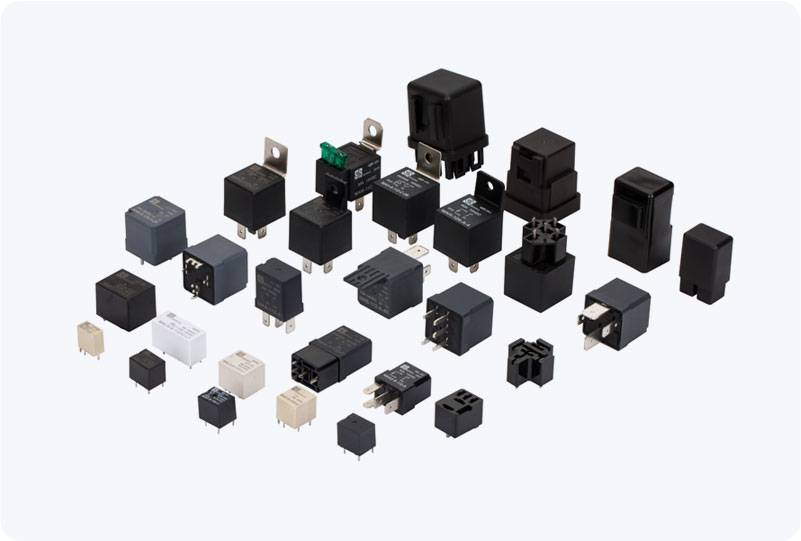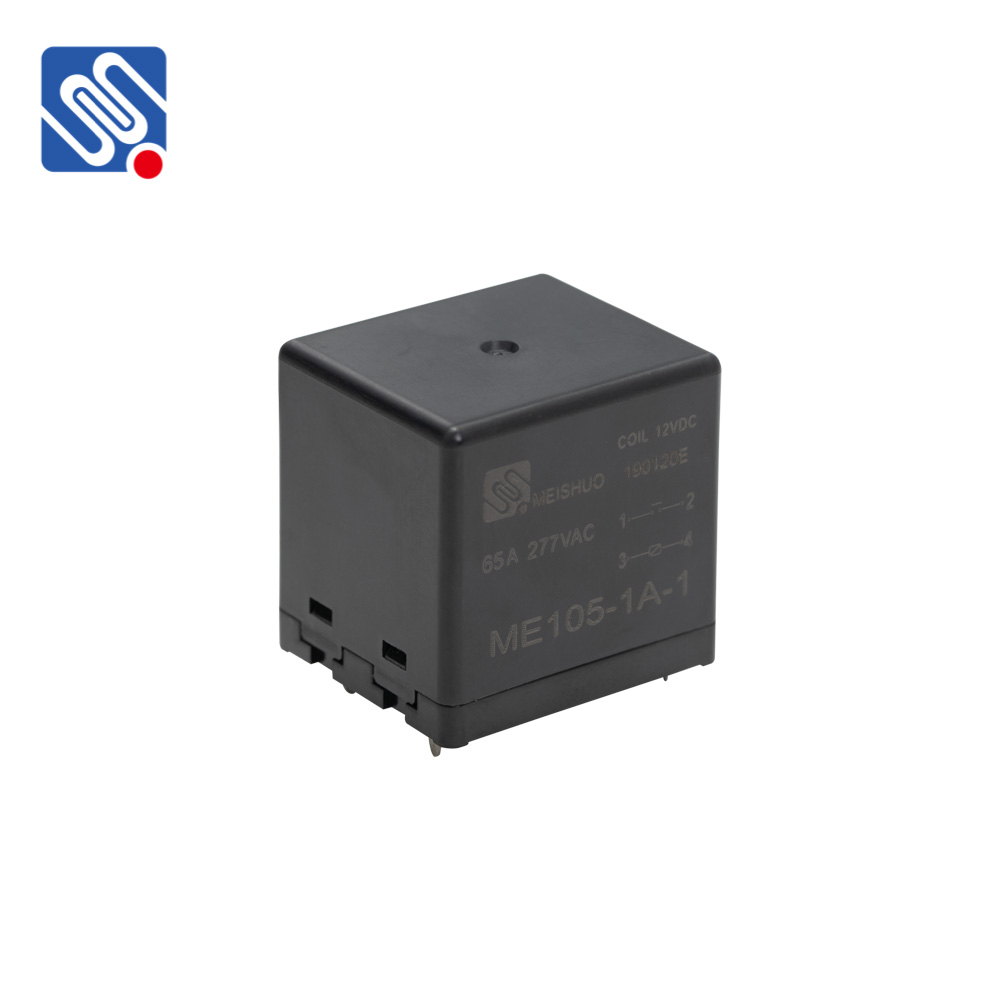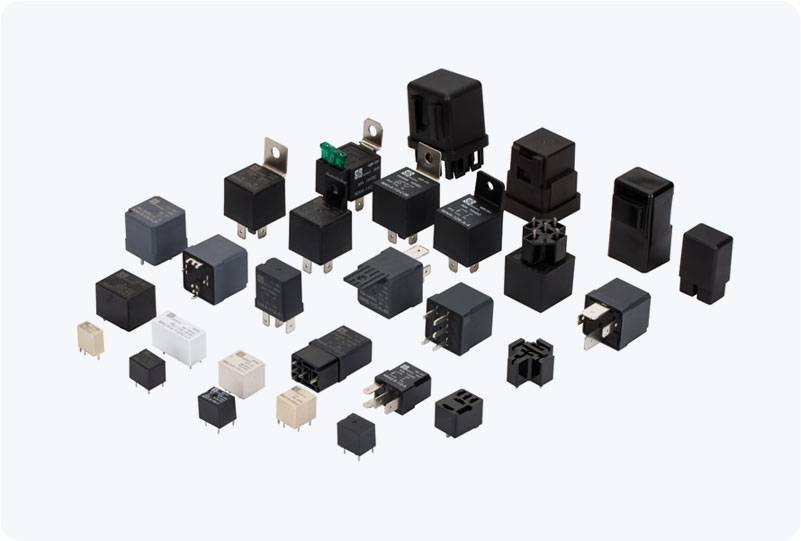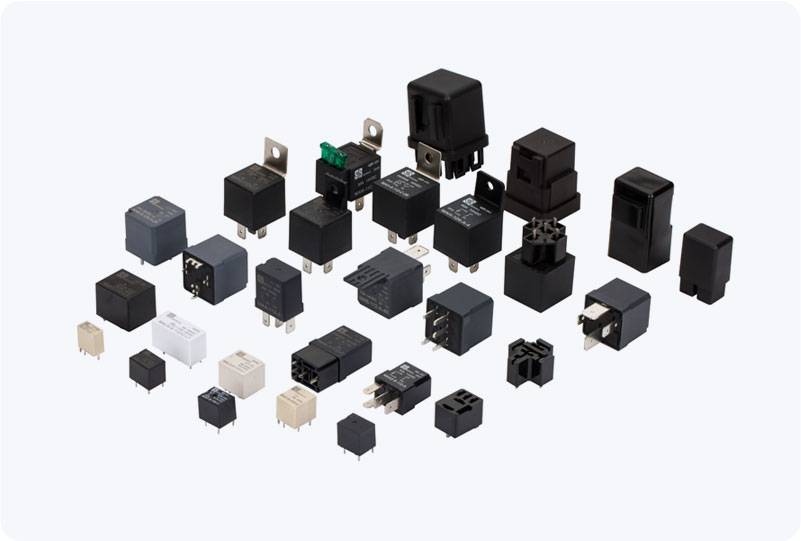In recent years, smart home technology has revolutionized the way we interact with our living spaces. From lighting control to home security, the possibilities seem endless. Among the many innovations in smart homes, the Smart Home Relay stands out as an essential component that powers many of the conveniences we take for granted today. But what exactly is a Smart Home Relay, and how does it improve the functionality of our homes?

A Smart Home Relay is a device that serves as an intermediary between your smart devices and your home’s electrical system. It acts as a relay switch, allowing you to control appliances, lights, fans, and other electronic devices remotely through your smartphone or voice assistants like Amazon Alexa or Google Assistant. By enabling users to turn on or off these devices from anywhere, Smart Home Relays provide convenience, flexibility, and enhanced control over home automation. The Technology Behind Smart Home Relays The core function of a Smart Home Relay is to control the flow of electricity to your devices. This is typically done through the use of a relay switch, which can be activated either wirelessly or via a wired connection to the device it is controlling. The relay switch is a type of electrical switch that can open or close a circuit, enabling or disabling the power to connected devices.








